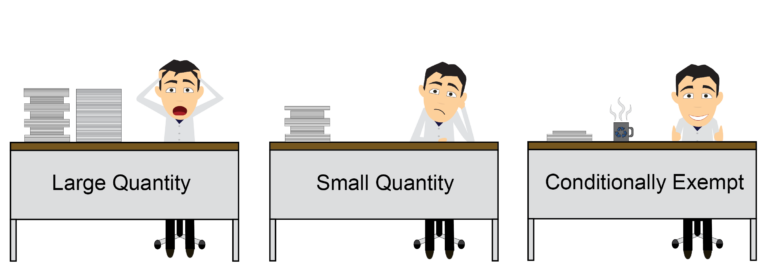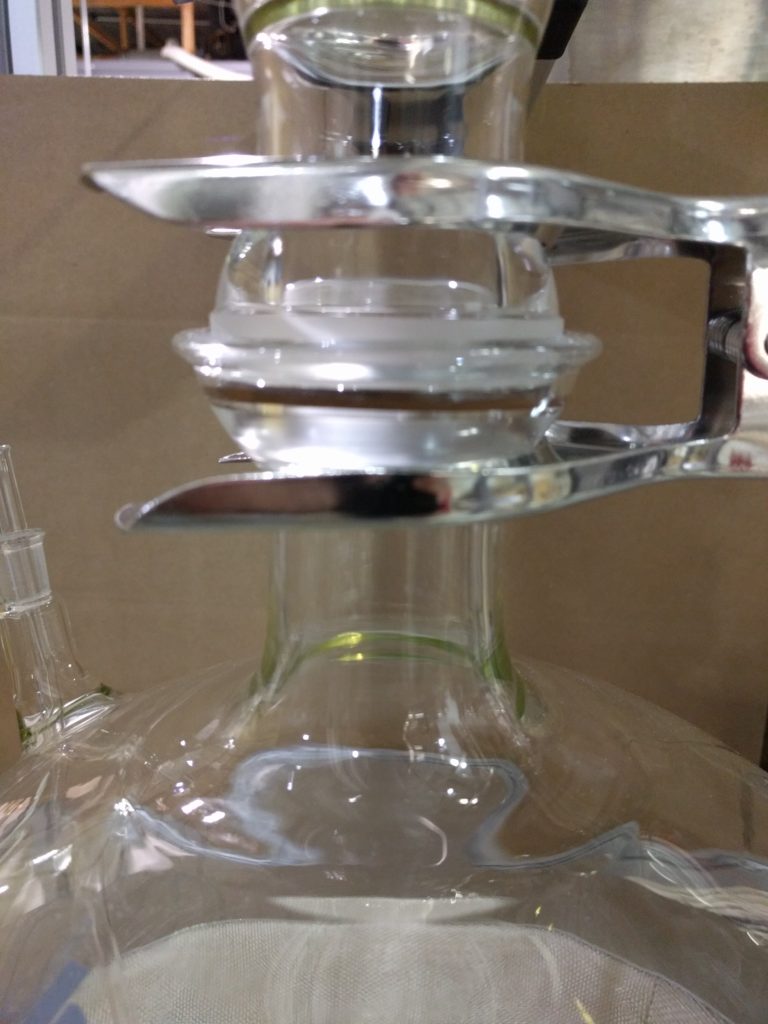
Labs spend significant sums on buying and disposing of histology solvents. Unseen to most, are the regulatory costs of complying with local and federal hazardous waste regulations. The more hazardous waste your facility generates, the greater the regulations. Waste solvents from the lab are classified as hazardous waste by the US EPA. Depending on the […]

Xylene Recycling 101
by brblogTell me about the details of the xylene recycling process Note: With regard to solvent recycling xylene and xylene substitutes are nearly interchangeable. In this blog post everything that applies to xylene will also be true of xylene substitutes. You’ve been using xylene for years and now you are thinking about recycling it. Great idea. […]
Distillation Rates Comparison
by brblogHow do different methods of distillation stack up against each other? System (Size) Distillation Rate Liters of Distillate Number of Passes Final Purity Total Time Short Path 1 (Average) 0.5 L/hr 10 L 2 90% 40 Hours Short Path 2 (Large) 1 L/hr 10 L 2 90% 20 Hours Wiped Film 1 (Average) 0.75 […]
Wiped Film and “The Split”
by brblogDid you know that during a decent first pass in a wiped film that 50% of your starting material can go to waste? The 50/50 split is the perfect example of the low-efficiency of a wiped film. If your crude extract is 50-70% cannabinoids, then how can 50% of the material be waste on the […]

THC Oxidation to CBN CBN is the oxidative degradation product of THC. It is more stable than THC due to its conjugated structure. THC- Delta 9 CBN […]

Decarbing Cannabis Oil: THCA to THC
by brblogDecarboxylation, AKA Decarbing, is the process of spontaneously converting THCA to THC with heat (approximately 80-120 C). During decarbing THCA is converted to THC when the carboxylic acid group on THCA is removed liberating a CO2 molecule and leaving THC behind. Decarbing is important because THCA is not psychoactive, but THC is. Other cannabinoids like […]
Why Winterize? Proper winterization is an important step in creating a high purity extract. Winterization is the removal of lipids from crude extract. Lipids are fatty acids that are also extracted from the plant. It is typically the next step after extraction. Why winterize to remove lipids? Fats dilute the cannabinoid fraction, lowering the purity […]
Spinning band can distill THC, CBD, and other cannabinoids at greatly reduced temperatures. The distillation rate also prevents material from staying at temperature for extended periods of time. Above certain temperatures or after many hours of being hot, isomerization can occur. Wiped film manufacturers would have you believe cannabinoids degrade easily with time exposure to […]
CBN and Cannabis Oil Extracts
by brblogCBN is a cannabinoid that is less psychoactive than THC. It is an oxidized form of THC that is known for its sedative effects. We get many questions about the presence of CBN in distilled oil. CBN naturally occurs in cannabis. Typical concentrations in refined oils are 1.5% or less . Concentrations of 4% or more […]

Vacuum grease B/R spinning band systems are equipped with o-ring joints. O-ring joints are awesome! They make vacuum tight seals without the use of vacuum grease.Finding vacuum leaks is time consuming and frustrating. O-ring joints make such good seals that having a vacuum leak will be rare. The o-ring sits in a polished grove on the male […]
Latest Blog Posts
Instant THC and CBD Potency in Edibles by Near Infrared (NIR)
by Paul on August 14, 2021
B/R Solvent Recyclers, Safe Recycling since 1986
by Paul on August 9, 2021
Touch Screen Makes Solvent Recycling Easier
by Paul on August 8, 2021
Measure THC, CBD and more in Real Time During CO2 Extraction with Near Infrared
by Paul on August 7, 2021
SCB-15 THC Remediation Case Study
by Paul on July 14, 2021
Questions?
Contact us for more information on our products and services.